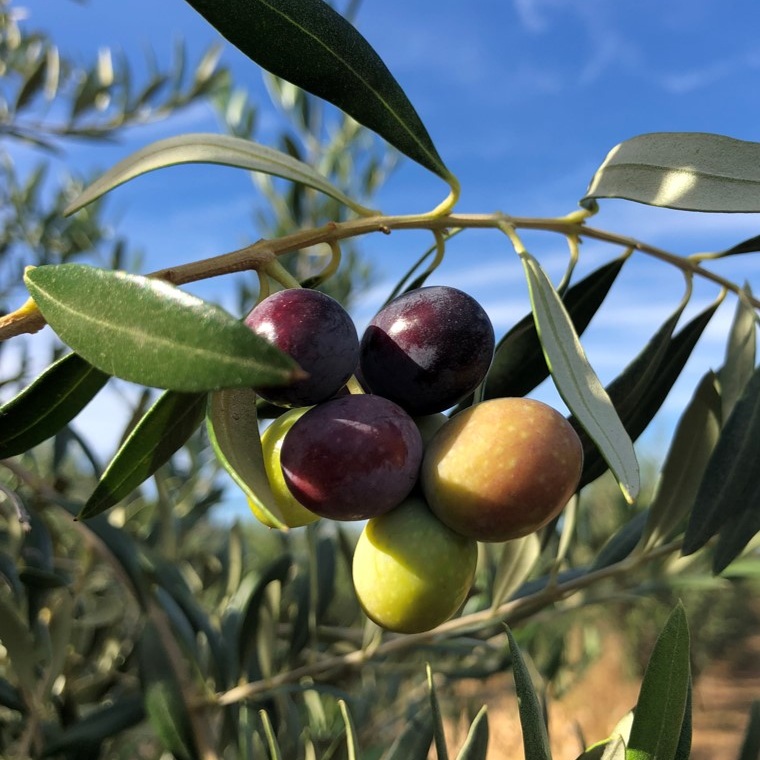A few things to know about Olive Oils
Olive Oil is really good for you. Studies have shown that if you incorporate olive oil into your daily diet, it might prevent cancer, promote heart health, lower blood pressure and decrease risk of diabetes.
There is a high probability that what you have in your pantry is NOT Extra Virgin Olive Oil. If a harvest date and point of origin are not listed, it's most likely not EVOO!
Olive oil is best used within 12-18 months of the harvest date, which is why a harvest date on the bottle is important.
A good portion of olive oil sold in grocery stores is low quality, rancid, or altered. Many imported bottles of olive oil are falsely labeled as extra virgin as there are no enforced regulations for quality control in the USA.
Fresher the better, which is why 15 Olives is the best choice as we are farm to table listing our harvest date and source.
What should you NEVER do with olive oil?
Don’t Save it: You get health benefits from fresh olive oil. Olive oil is a living thing and unlike wine, it will not improve over time. We recommend consuming the oil within 30 to 60 days after opening.
Don’t Allow Light: Sunlight and heat will age your oil. That is why at 15 Olives, we use dark bottles to sell to consumers. We also suggest keeping olive oil in a dark cool place in the kitchen to avoid unpleasant favors from developing in the olive oil. Optimal storage temperature for olive oil is 60 to 72 degrees Fahrenheit.
Don’t Change the Cap: Unless you plan to use the bottle within a few weeks, don’t change the cap to a pour spout as it can let oxygen in and negatively affect the olive oil. Oxygen causes oxidation, which cause off flavors in the olive oil. 15 Olives tops off each bottle of olive oil with a small amount of nitrogen to force out any residual oxygen before the bottle is capped.
How do you recommend we use olive oil?
Olive oil can be used to complement and enhance many different cooking techniques. Use it to marinate, roast, bake, dip, saute, or drizzle over food.
It can enhance the flavor of food and provide healthy polyphenols and healthy fats.
Get creative and try it on vanilla ice cream, or add to fruit to enhance the flavor.
Most recipes can benefit from 15 Olives products and your body benefits at the same time!
Use it on your skin or a carrier oil for essential oils.
Conversion for butter to olive oil
1 teaspoon = ¾ teaspoon
1 Tablespoon = 2-1/4 teaspoons
¼ cup = 3 tablespoons
1/3 cup = ¼ cup
½ cup = ¼ cup + 2 tablespoons
2/3 cup = ½ cup
¾ cup = ½ cup + 1 tablespoon
1 cup = ¾ cup
What are characteristics of a high quality extra virgin olive oil?
For an olive oil to be deemed extra virgin olive oil it must have zero defects, and some fruitiness. Oftentimes, it smells of green grassy notes, herbaceous, fresh cut grass, or green banana.
A fresh olive oil lingers in your throat with a peppery finish.
Until there is a new standard in the USA to test the pyropheophytin (PPP) and 1,2-diacylglycerol (DAGs) to differentiate pure extra virgin olive oil from products blended with additives to increase profits, smell and taste are options to verify quality product. At 15 Olives, we test our fruit prior to harvest to ensure quality. Only the best goes into 15 Olives bottles.
Can you fry with Olive Oil?
Yes. A quality oil will have a smoke point somewhere between 380 and 410 degrees Fahrenheit. The more impurities in an oil, the lower the smoke point, meaning you must use a quality oil for maximum health benefits.
Why is olive oil healthy?
According to the FDA, 2 tablespoons of olive oil per day may reduce the risk of heart disease due to its healthy fat content. Along with this heart-healthy fat, extra virgin olive oil also contains polyphenols which act as antioxidants, reducing the oxidative stress throughout your body. Small amounts of Omega-3 and Omega-6 fatty acids are also present in extra virgin olive oil, which is essential for brain health.
Olive Oil is inherently non-GMO, vegan and gluten free.
Common Misconceptions About Olive Oil
An Olive Oil that taste Bitter is bad.
Bitterness can be a challenging aspect of olive oil as humans have an inherent aversion to bitterness. However, some bitterness should be expected in the oil of fresh, green olives. The bitterness (and pungency) of olive oil acts as a flavor enhancer when used in combination with the right foods.
First Cold Press is the most important things to look for in a label.
First Cold Press is an outdated classification that doesn’t mean anything on a U.S. label.
Color is a good indicator of quality.
Not unless its brown, in which case stay away of that bottle because its totally oxidized. Olive oil ranges from emerald green to yellow-green to bright yellow and all of them can be excellent or not.
If olive oil solidifies in the fridge, it’s true extra virgin.
Olive oil solidifying at low temperatures does not tell you about quality or grade.
Olive Oil Grades
Natural Virgin Olive Oil
Extra virgin - The highest grade with most health benefits (NO refining necessary)
Virgin - Can have some mild defects of flavor.
Lampante - Virgin olive oil with clear defects and is considered unfit for consumption without refining.
Refined Olive Oils
Refined olive oil - Made by refining low quality (lampante) virgin olive oil.
Olive oil or pure olive oil - A blend of refined olive oil and virgin olive oil (added for flavor and color).
Light or extra light olive oil - A blend of refined olive oil and virgin olive oil containing less olive oil than the regular refined olive oil blend. “Extra light” only refers to flavors as it has the same calories.
Olive Pomace Oil
Crude olive pomace oil
Refined pomace oil
Olive pomace oil





